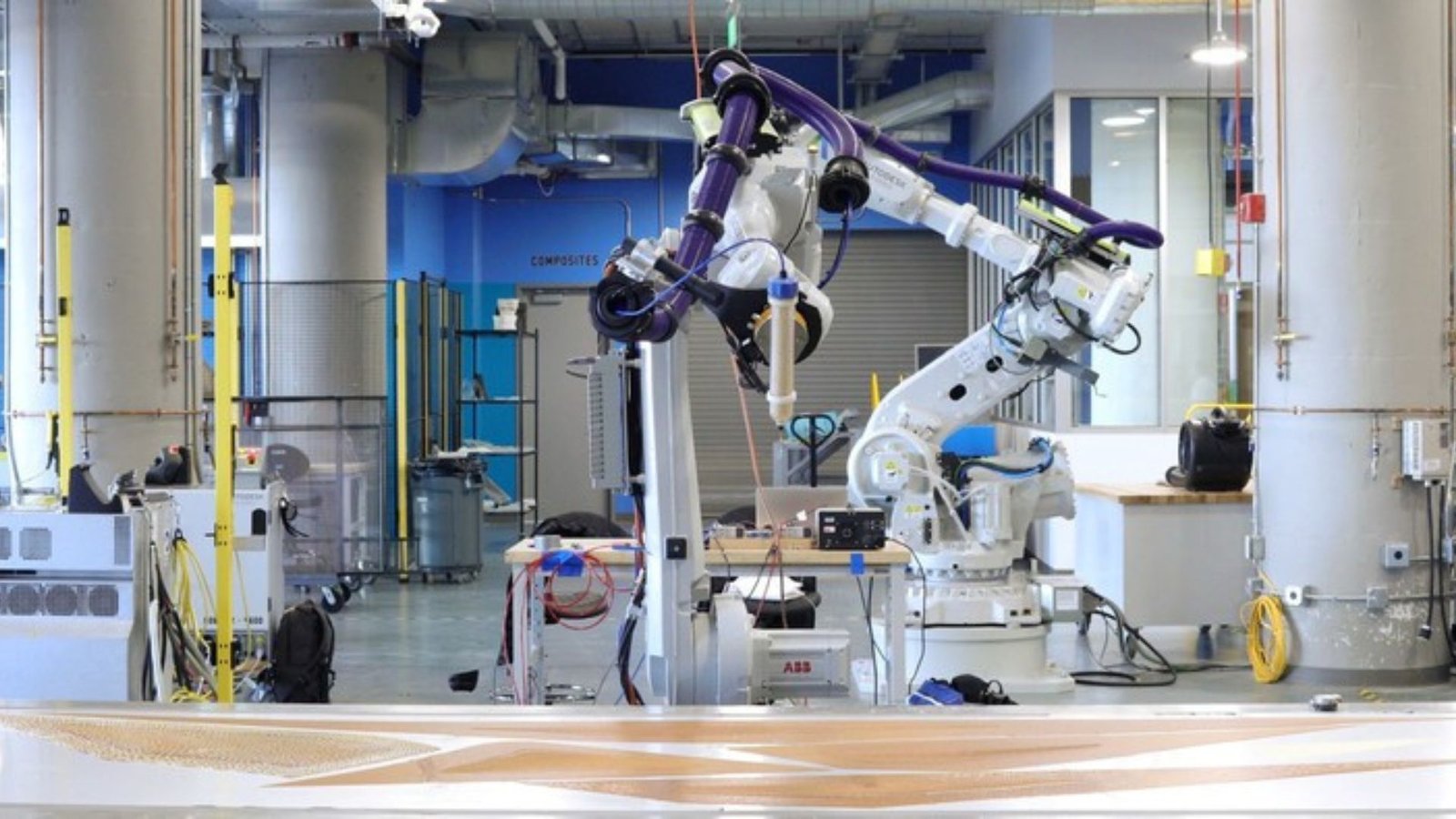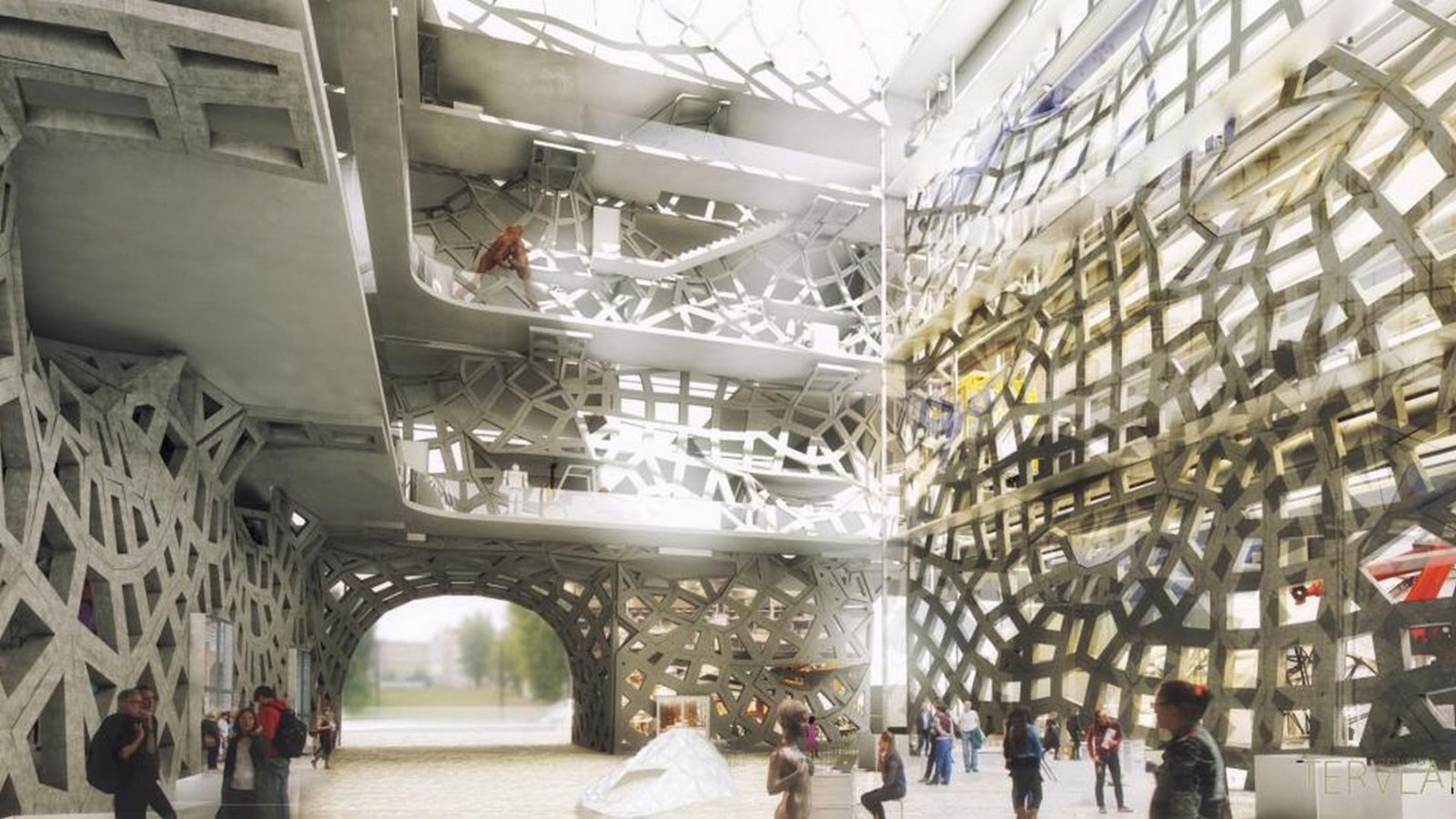Architecture and Digital Fabrication Techniques
In the realm of architecture, digital fabrication has revolutionized the way buildings are designed, constructed, and even perceived. This integration of advanced technologies allows architects to realize intricate designs with precision and efficiency, pushing the boundaries of what’s possible in architectural innovation. Here, we delve into how digital fabrication techniques are reshaping architecture.
1. Definition of Digital Fabrication
Digital fabrication encompasses the use of computer-controlled machines and technologies to create architectural components and structures with high precision.

2. Additive Manufacturing (3D Printing)
3D printing enables architects to fabricate complex geometries and prototypes directly from digital models, offering flexibility and customization.
3. Computer Numerical Control (CNC) Machining
CNC machines carve out precise forms from materials like wood, metal, and plastics based on digital designs, ensuring accuracy in fabrication.
4. Laser Cutting and Engraving
Laser technology is utilized for cutting and engraving materials with intricate details, enhancing the aesthetic and functional aspects of architectural elements.
5. Parametric Design Software
Parametric design software allows architects to generate and manipulate complex forms based on algorithms and parameters, facilitating design exploration.
6. Generative Design Algorithms
Generative design algorithms optimize architectural solutions by generating multiple design iterations based on specified constraints and goals.
7. Robotics in Construction
Robots are employed for on-site construction tasks such as bricklaying, assembly of prefabricated components, and even 3D printing of structures.
8. Digital Twins
Digital twins create virtual replicas of physical buildings, enabling architects to simulate performance, monitor real-time data, and optimize designs.
9. Advanced Materials Research
Research in advanced materials such as bio-based composites, smart materials, and carbon fiber allows for sustainable and innovative architectural solutions.
10. Building Information Modeling (BIM)
BIM platforms integrate digital fabrication processes with project management, enabling collaborative design, documentation, and construction.
11. Rapid Prototyping
Architects use rapid prototyping techniques to quickly iterate and test design concepts before full-scale fabrication, reducing time and cost.
12. Customization and Personalization
Digital fabrication enables architects to tailor designs to specific user needs and site conditions, enhancing functionality and user experience.
13. Sustainable Design Practices
Digital fabrication promotes sustainable design by minimizing material waste, optimizing energy efficiency, and reducing construction timelines.
14. Artistic Expression and Form Exploration
Architects leverage digital tools to explore expressive forms and artistic visions that were previously challenging to realize through traditional methods.
15. Integration with Smart Technologies
Integration with IoT (Internet of Things) and smart technologies allows for adaptive and responsive architectural solutions that enhance user comfort and building performance.
16. Case Studies of Innovative Projects
Explore real-world examples where digital fabrication techniques have been successfully implemented in iconic architectural projects globally.
17. Educational Advancements
Fabrication is reshaping architectural education by equipping students with skills in digital modelling, fabrication technologies, and computational design.
18. Cultural and Contextual Relevance
Digital fabrication allows architects to integrate cultural and contextual references seamlessly into design narratives, fostering meaningful connections with communities.
19. Industry Adoption and Trends
The architecture industry is increasingly adopting fabrication techniques as standard practice, driving innovation and efficiency in building construction.
20. Future Prospects and Challenges
Discuss the potential future advancements in fabrication and the challenges architects may face in integrating these technologies into mainstream practice.
Conclusion
Digital fabrication techniques have revolutionized architecture by enabling architects to push the boundaries of design complexity, sustainability, and efficiency. By harnessing advanced technologies such as 3D printing, CNC machining, and parametric design software, architects can create bespoke architectural solutions that are both functional and aesthetically compelling. As these technologies continue to evolve, they promise to further transform the built environment, offering new possibilities for innovation and sustainability in architecture.



